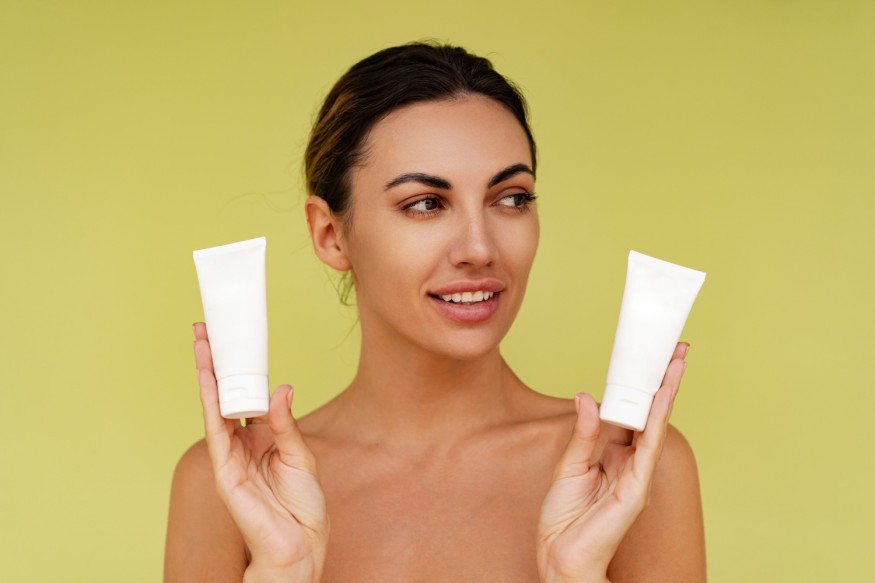
Anti-aging skincare has become a hot trend in recent years, capturing the interest of not only older generations but also Gen Z. Due to this, products boasting anti-aging benefits have experienced a significant surge in popularity.
You might have heard of retinol and retinal, but how do they differ, and which is more effective in skincare?
What is retinol?
Retinol is a form of vitamin A found in many skincare products, particularly eye creams that target under-eye wrinkles, serums, and various types of lotions.
It is well-known for its anti-aging benefits and is also valued for its effectiveness in combating acne, according to the Cleveland Clinic. It falls within the scope of a broader term used to refer to vitamin A compounds known as "retinoids."
Mayo Clinic underscored the significance of vitamin A as a vital nutrient essential for vision, growth, cell division, reproduction, and immunity. Vitamin A is known for its role in promoting collagen production, which is essential for maintaining skin elasticity and hydration. This is the reason why retinoids have anti-aging properties.
Collagen is a protein that provides structure to the skin. Increased collagen production can help improve skin moisture and reduce wrinkles and fine lines, leading to a healthier, youthful, and more supple complexion, a study suggested.
What is retinal?
Retinal or retinaldehyde, while less mainstream than retinol, is also a retinoid that serves as the nearest non-prescription equivalent to potent vitamin A formulations.
Like retinol, it also provides anti-aging benefits by stimulating collagen production, owing to its nature as a form of vitamin A.
Differences between retinol and retinal
While retinol and retinal both offer similar anti-aging and other skin benefits, they have distinct differences. Retinal stands out for its heightened potency within the retinoid family, surpassing retinol in strength.
Moreover, research indicated that unlike retinol, retinal exhibits strong antibacterial properties when applied to the skin. This suggests its potential for more effectively addressing acne and other skin issues triggered by bacteria.
Retinal is the intermediate step between retinol and the potent retinoic acid, the most active form of vitamin A. Imagine a stepwise progression from retinol to retinal and ultimately retinoic acid. This process showcases how the components start working within the skin.
To put it simply, when applied to the skin, the effects of retinol might take longer to become noticeable compared to the faster results potentially seen with retinal use.
Which is better?
Although retinal is stronger and delivers faster results than retinol, the former still comes with drawbacks.
Everyday Health noted that both retinol and retinal can lead to redness, dryness, flaky skin, and irritation. Consequently, as retinal is stronger than retinol, the likelihood of experiencing these side effects is higher with retinal.
Your skin might initially struggle to handle a stronger retinoid. Your dermatologist might recommend starting with retinol to allow your skin to adjust gradually. This method helps your skin build tolerance and prepare for the stronger impact of retinal, minimizing potential side effects before transitioning.
Ultimately, the choice between retinol and retinal hinges on your skin's specific needs and its tolerance levels.
